Basil (Ocimum basilicum), one of the most beloved herbs in the world, thrives in home gardens and kitchen windowsills alike. Whether you’re growing it in pots, raised beds, or directly in the ground, knowing how to prune basil correctly can dramatically increase your harvest. Pruning not only encourages bushier growth but also improves the flavor and longevity of the plant.
In this comprehensive guide, we’ll dive into why pruning is essential, when and how to do it, and practical tips to ensure your basil plants give you lush leaves all season long.
Why Pruning Basil is Essential
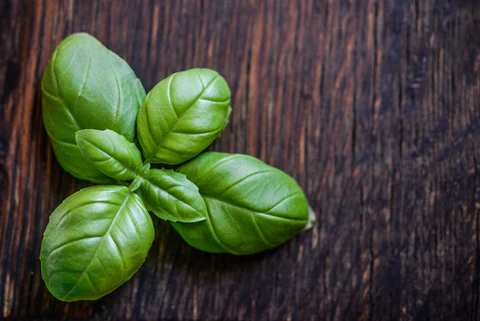
Pruning is a crucial step in basil care that is often overlooked by beginner gardeners. Here’s why it matters:
- Encourages Bushier Growth: When you prune basil regularly, it diverts energy from vertical growth to side shoots, creating a fuller and healthier plant.
- Prevents Flowering Too Soon: Basil tends to bolt (flower and seed) quickly, especially in hot weather. Pruning delays flowering, which in turn prolongs the life of your plant.
- Improves Leaf Flavor: Once basil starts to flower, its leaves often become bitter. Regular pruning helps maintain sweet, tender leaves ideal for culinary use.
- Maximizes Yield: Strategic cuts can double or even triple the amount of basil you harvest over time.
Best Time to Start Pruning
The ideal time to start pruning basil is when the plant has developed at least 6-8 sets of leaves, typically when it’s about 6 inches tall. At this stage, the plant is mature enough to withstand pruning and will respond with vigorous lateral growth.
Avoid pruning newly germinated or very small seedlings—they need time to develop a solid root system first.
Tools You’ll Need
Pruning basil doesn’t require fancy gardening equipment. Here’s what you’ll need:
- Clean, sharp scissors or pruning shears
- A small bowl or container to collect cuttings
- Optional: A spray bottle to lightly mist the plant after pruning (especially useful for indoor plants)
Always sterilize your tools before use to prevent the spread of disease.
How to Prune Basil for Maximum Growth

1. Locate the Right Spot to Cut
Look for a point on the stem where two small leaves are growing out of the node (a V-shape). Cut just above this node—about 1/4 inch above. This allows two new stems to grow from that point.
2. Avoid Cutting Too Low
Don’t cut too close to the base of the plant or below the first leaf node. Doing so can stunt growth or even kill the plant.
3. Pinch Off Flowers Immediately
If you spot flower buds forming, pinch them off as soon as possible. Flowering diverts energy away from leaf production, which is the opposite of what you want in a culinary herb.
4. Continue Pruning Every 1–2 Weeks
As your plant grows, continue pruning regularly. Each pruning will encourage more side shoots and denser foliage.
5. Use the Harvested Basil
Don’t let the harvested basil go to waste! Use it fresh in recipes, dry it for later, or freeze in olive oil cubes for convenient use.
Advanced Pruning Techniques
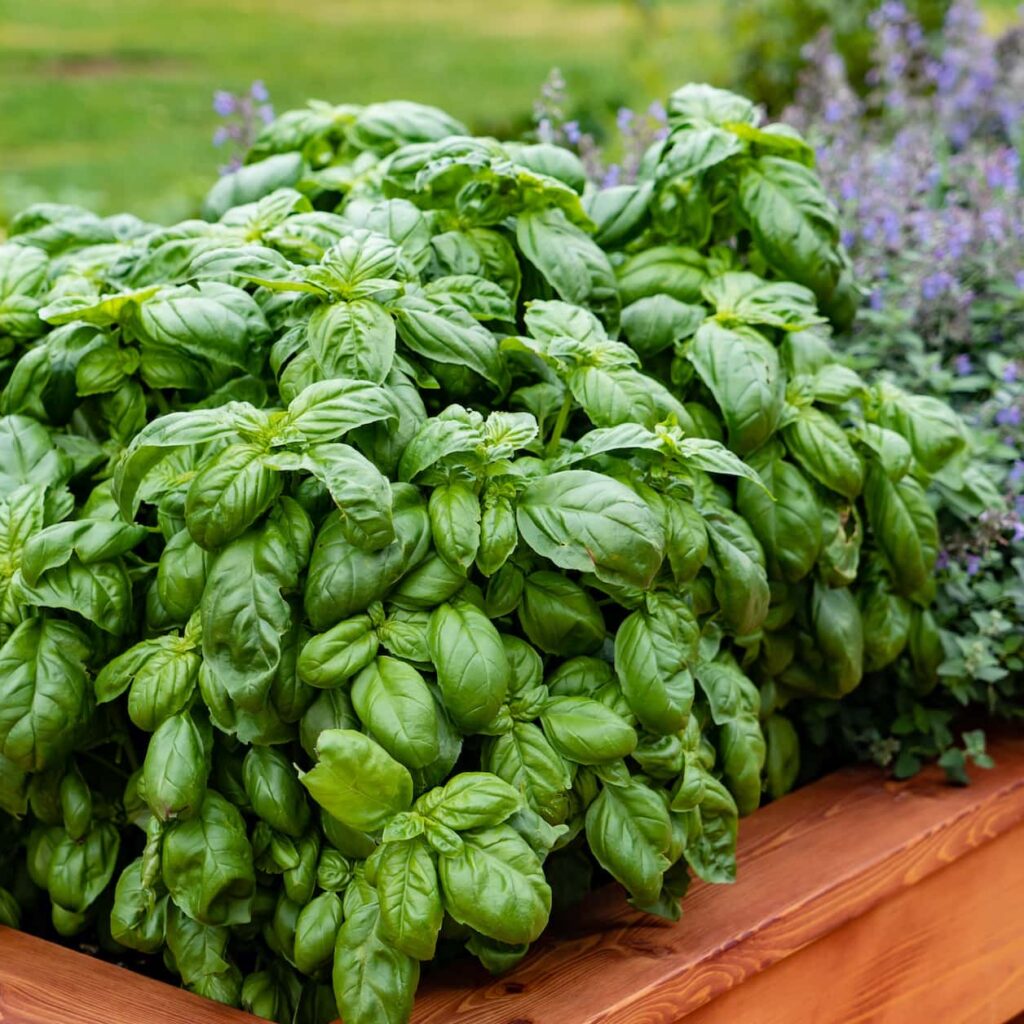
Once you’re comfortable with basic pruning, consider these advanced tips:
- Top Frequently: Always cut the topmost branches to control height and encourage side growth.
- Stagger Your Cuts: Don’t cut all branches at once. Instead, rotate your pruning schedule to avoid stressing the plant.
- Harvest Strategically: Harvest larger, mature leaves from the bottom while leaving newer growth intact.
Common Mistakes to Avoid
- Over-Pruning: Taking too much at once can shock the plant. Never remove more than one-third of the basil at a time.
- Letting It Flower: Many gardeners forget to pinch off the flower buds, which leads to bitter, woody stems.
- Neglecting to Prune: If you only harvest the top leaves occasionally, your basil will become leggy and produce less.
- Not Using Sharp Tools: Dull scissors or hands can crush the stems, making the plant vulnerable to disease.
Companion Practices for Bigger Harvests
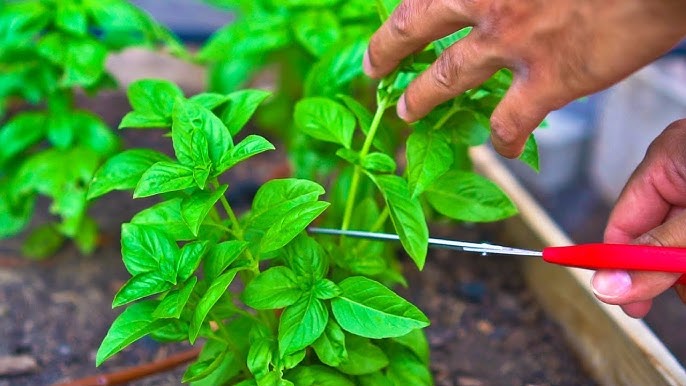
Pruning alone isn’t enough—support it with these companion practices for optimal results:
- Regular Watering: Basil prefers moist but not soggy soil. Water deeply when the top inch feels dry.
- Sunlight: Ensure at least 6–8 hours of sunlight per day.
- Fertilizing: Use a balanced organic fertilizer every 3–4 weeks to boost leaf production.
- Proper Spacing: Don’t crowd plants; give each basil plant at least 12 inches of space to allow for airflow and reduce the risk of disease.
Indoor Basil Pruning Tips
Growing basil indoors? Here are a few tailored tips:
- Use South-Facing Windows for maximum light exposure.
- Supplement with Grow Lights if sunlight is insufficient.
- Rotate the Pot weekly so all sides get even light.
- Mist Regularly to maintain humidity.
Benefits of Pruned Basil
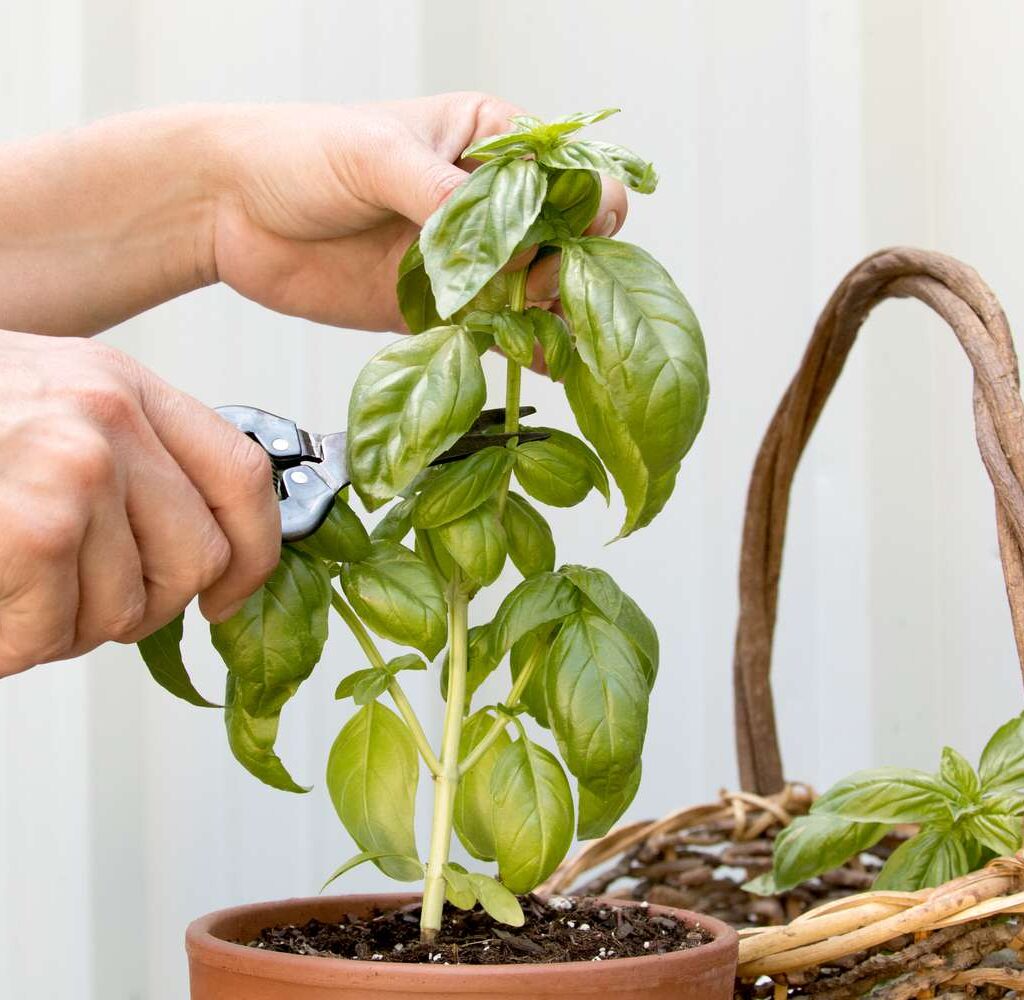
Pruned basil plants don’t just look better—they are better. Here’s what you’ll enjoy:
- More usable leaves for your cooking
- Healthier, more compact plant structure
- Extended harvest season
- Aromatherapy benefits from brushing past full, lush plants
Conclusion
Proper pruning is a game-changer when it comes to growing basil. With just a little attention and regular snipping, your basil plant can transform into a fragrant, leafy powerhouse that keeps on giving.
Whether you’re growing it for pesto, pasta, or simply for the joy of tending a thriving plant, remember: the more you cut, the more it grows. So grab your shears, get pruning, and enjoy a season of abundant, aromatic basil right at your fingertips!

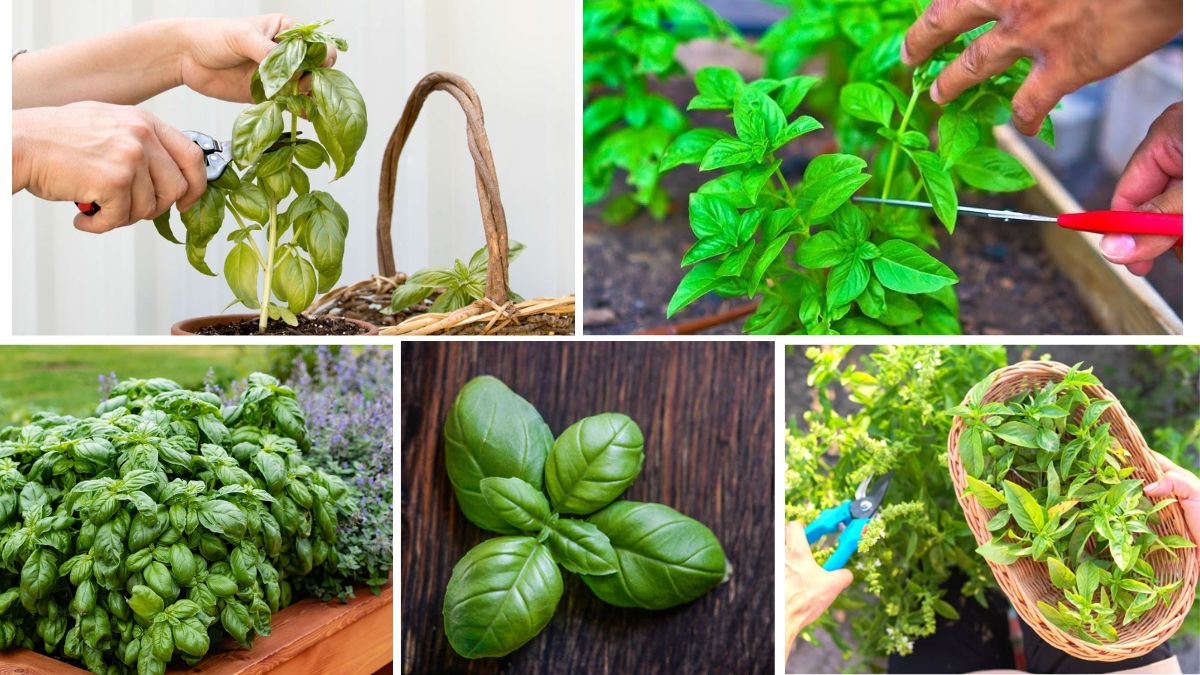



Leave A Comment